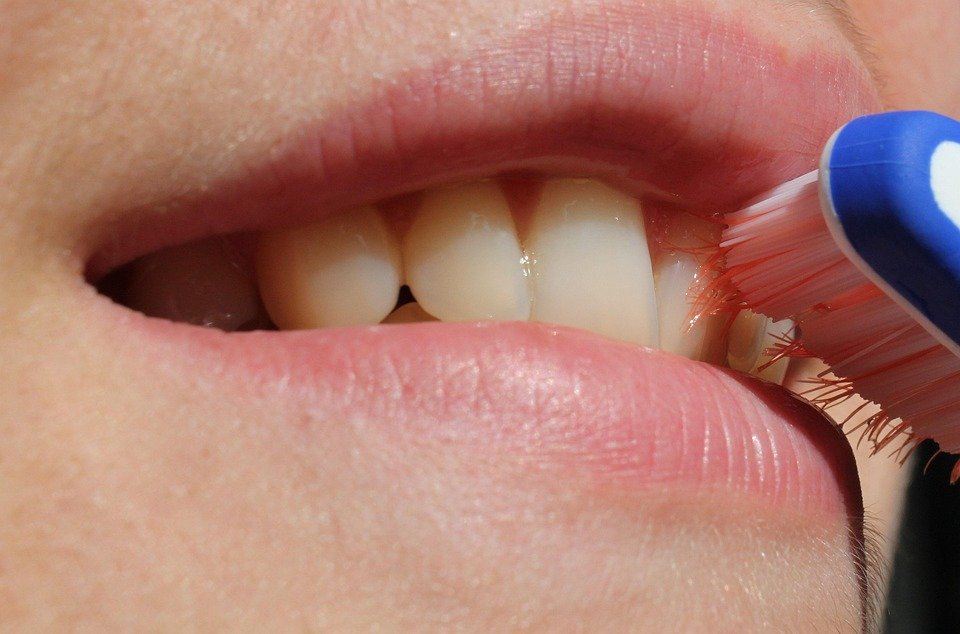Does lighting impact how teeth appear in photos
I’m taking some headshots for professional use – LinkedIn, website, maybe some promotional materials down the line. I’ve noticed in the mirror, my teeth look pretty good (I brush religiously!), but in some photos, they look…yellowish? Or dull? In others, they look surprisingly white! I’m trying to figure out what’s going on.
So, does lighting really impact how teeth appear in photos? And if so, what kind of lighting is most flattering? Are there certain colors I should avoid wearing because they’ll make my teeth look worse? Are there specific types of lighting setups (softbox, ring light, natural light) that are better or worse? I don’t want to spend a fortune on professional photography, but I also don’t want my teeth to look like I haven’t seen a toothbrush in years. Any advice on how to use lighting to my advantage for whiter-looking teeth in photos would be greatly appreciated! Thanks!
Answer
Yes, lighting significantly impacts how teeth appear in photos. The color, direction, intensity, and quality of light can all dramatically alter the perceived shade, brightness, and texture of teeth, leading to a more or less flattering appearance.
Color Temperature and White Balance:
- Color Temperature: Light sources emit light at different color temperatures, measured in Kelvin (K). Lower Kelvin values (e.g., 2700K) produce warmer, yellow-toned light, while higher Kelvin values (e.g., 6500K) produce cooler, blue-toned light.
- Warm lighting can make teeth appear more yellow or dull, exaggerating any existing yellow undertones.
- Cool lighting can make teeth appear whiter and brighter, but it can also create a harsh or artificial look, especially if the teeth are naturally more ivory or off-white.
- White Balance: Cameras have a white balance setting that allows them to interpret colors accurately under different lighting conditions. If the white balance is not properly adjusted for the lighting, colors in the photo, including the color of teeth, can be distorted.
- If the white balance is set too warm, teeth will appear yellower.
- If the white balance is set too cool, teeth may appear overly white or even slightly blueish.
Direction and Angle of Light:
- Direct Lighting: Direct light, such as from a flash aimed straight at the subject, can create harsh shadows and highlights on the teeth. This can accentuate imperfections, make teeth appear uneven in color, and flatten their appearance. It can also cause glare, which can make teeth appear unnaturally bright and washed out in some areas.
- Diffused Lighting: Diffused light, such as from a softbox or natural light through a window, scatters the light more evenly. This reduces harsh shadows and highlights, creating a softer, more flattering appearance. Diffused light can make teeth appear smoother, more even in color, and more natural-looking.
- Side Lighting: Lighting from the side can accentuate the texture and contours of the teeth, adding depth and dimension. However, it can also create stronger shadows on the opposite side of the teeth, which may not be desirable.
- Backlighting: Backlighting can create a silhouette effect or a halo around the subject, which can be dramatic but is generally not ideal for showcasing teeth.
Intensity of Light:
- Overexposure: Too much light can wash out the details in the teeth, making them appear overly bright and flat. Overexposure can also reduce the perceived whiteness of the teeth, as the highlights become blown out.
- Underexposure: Too little light can make the teeth appear dark and dull. Underexposure can also exaggerate any existing shadows, making the teeth appear uneven in color.
Quality of Light:
- Hard Light: Hard light is direct and focused, creating strong shadows and highlights. Hard light is generally less flattering for teeth, as it can accentuate imperfections.
- Soft Light: Soft light is diffused and scattered, creating gentle shadows and highlights. Soft light is generally more flattering for teeth, as it minimizes imperfections and creates a smoother, more even appearance.
Other Factors:
- Light Source Type: Different types of light sources (e.g., natural sunlight, incandescent, fluorescent, LED) have different spectral properties that can affect how colors are rendered.
- Reflectors: Reflectors can be used to bounce light back onto the subject, filling in shadows and creating a more even illumination. This can be helpful for improving the appearance of teeth in photos.
- Environmental Lighting: The surrounding environment can also affect the way teeth appear in photos. For example, if the subject is standing in front of a brightly colored wall, the color of the wall can reflect onto the teeth, affecting their perceived color.
In summary, lighting plays a crucial role in how teeth appear in photos. By carefully considering the color temperature, direction, intensity, and quality of light, it is possible to create images that showcase teeth in a flattering and natural-looking way. Using diffused, neutral-toned light is usually the most successful for photographing teeth.

Post Comment